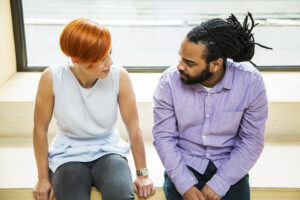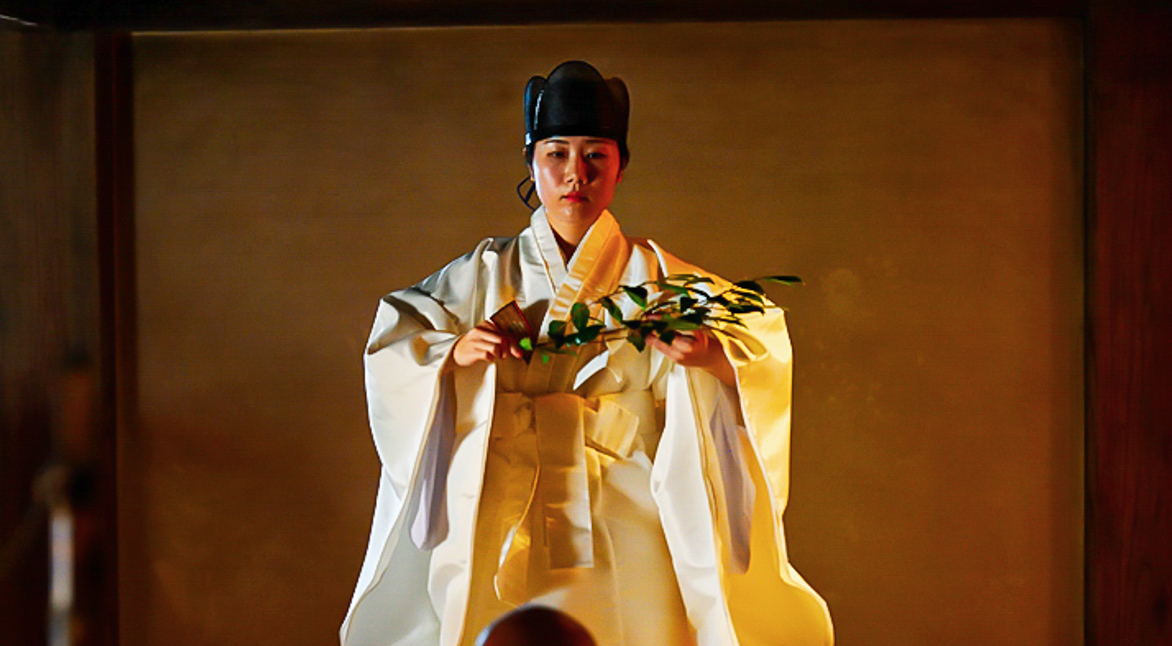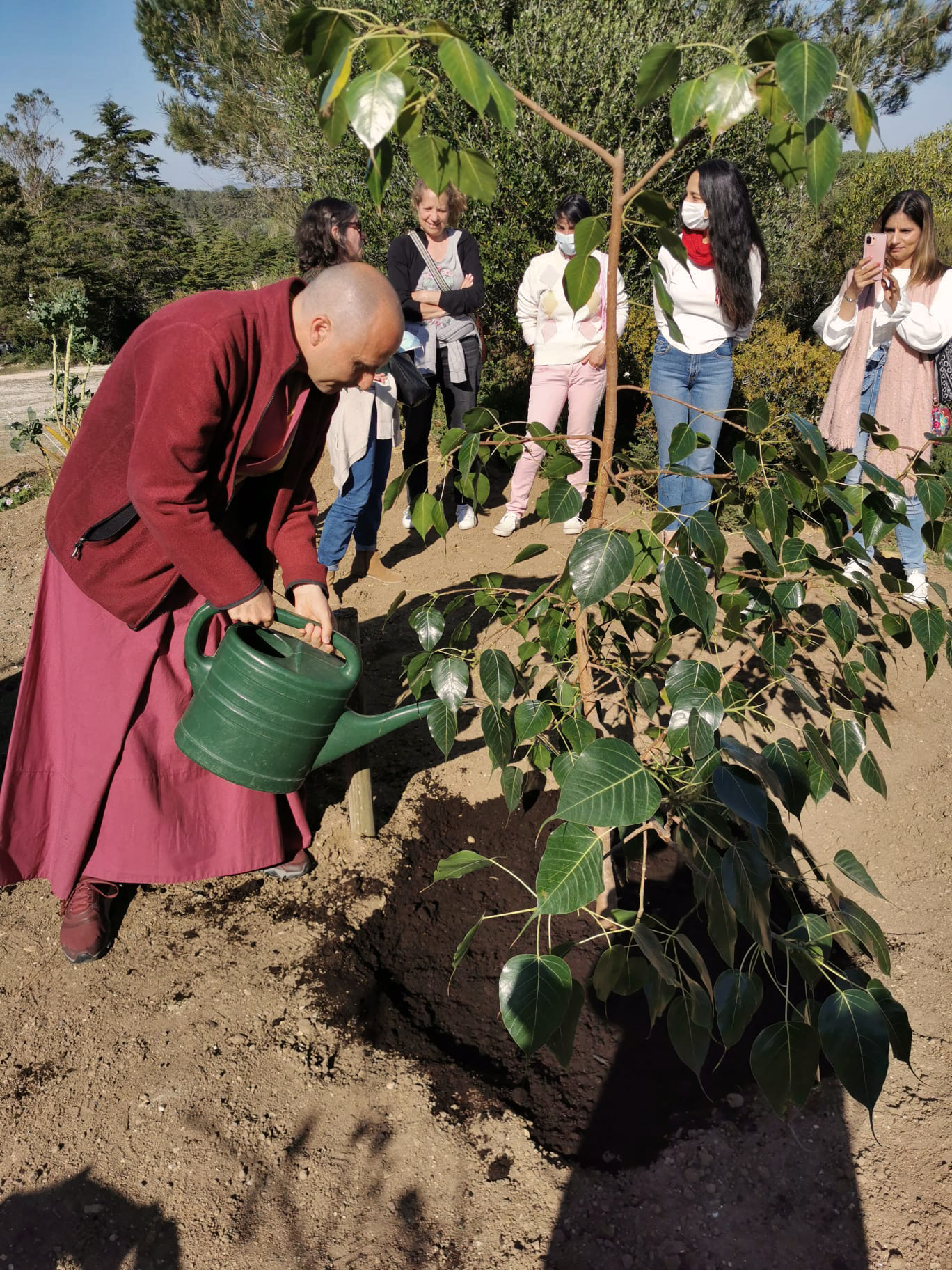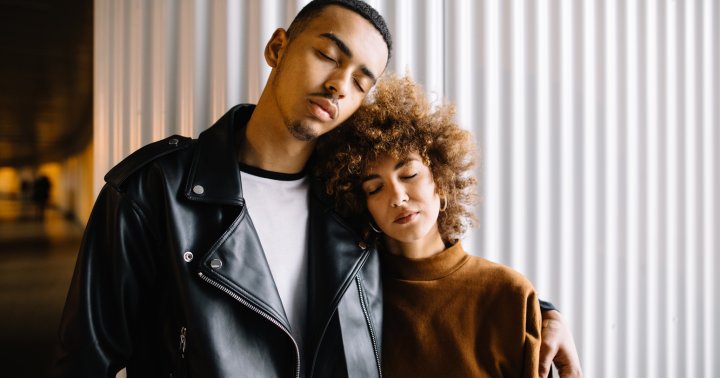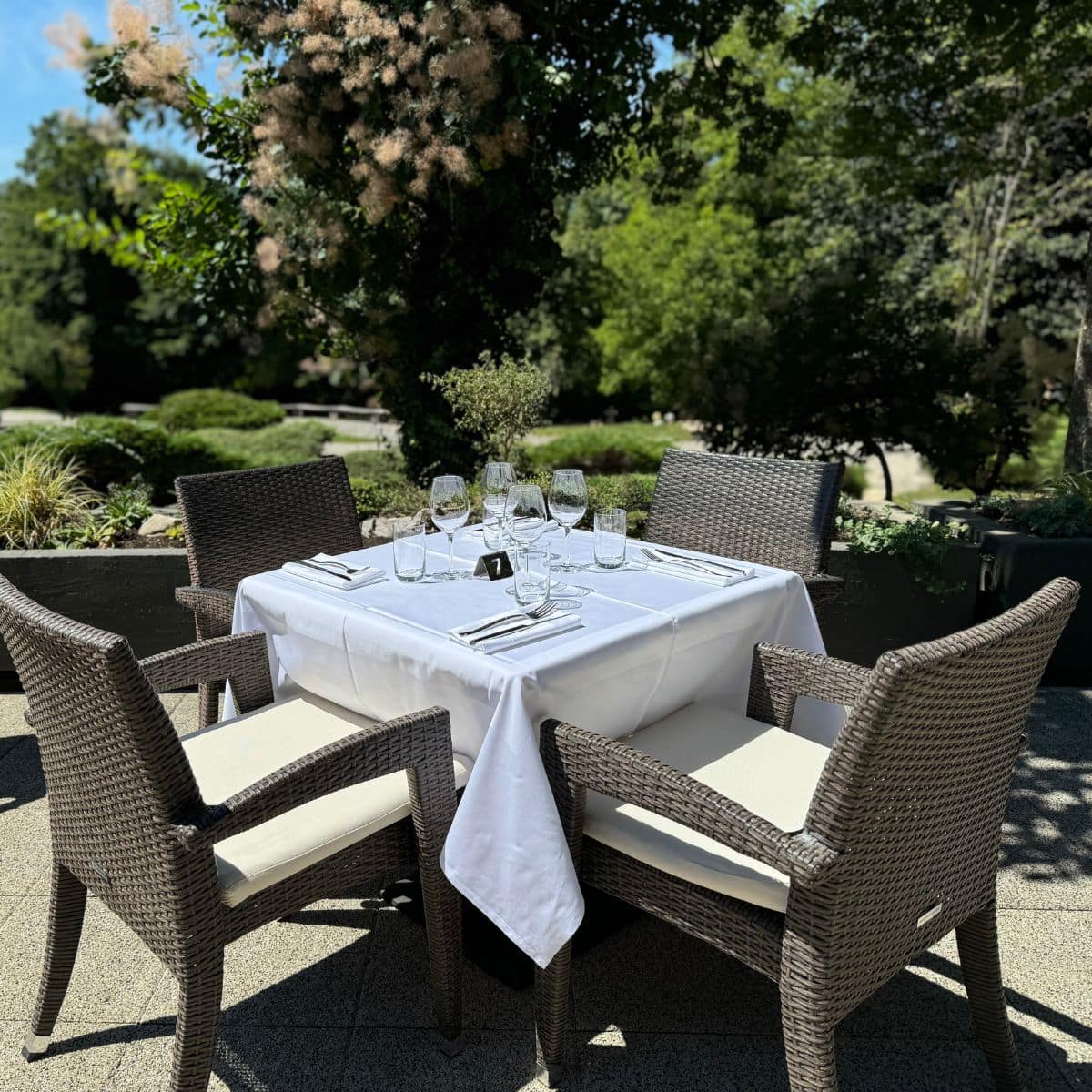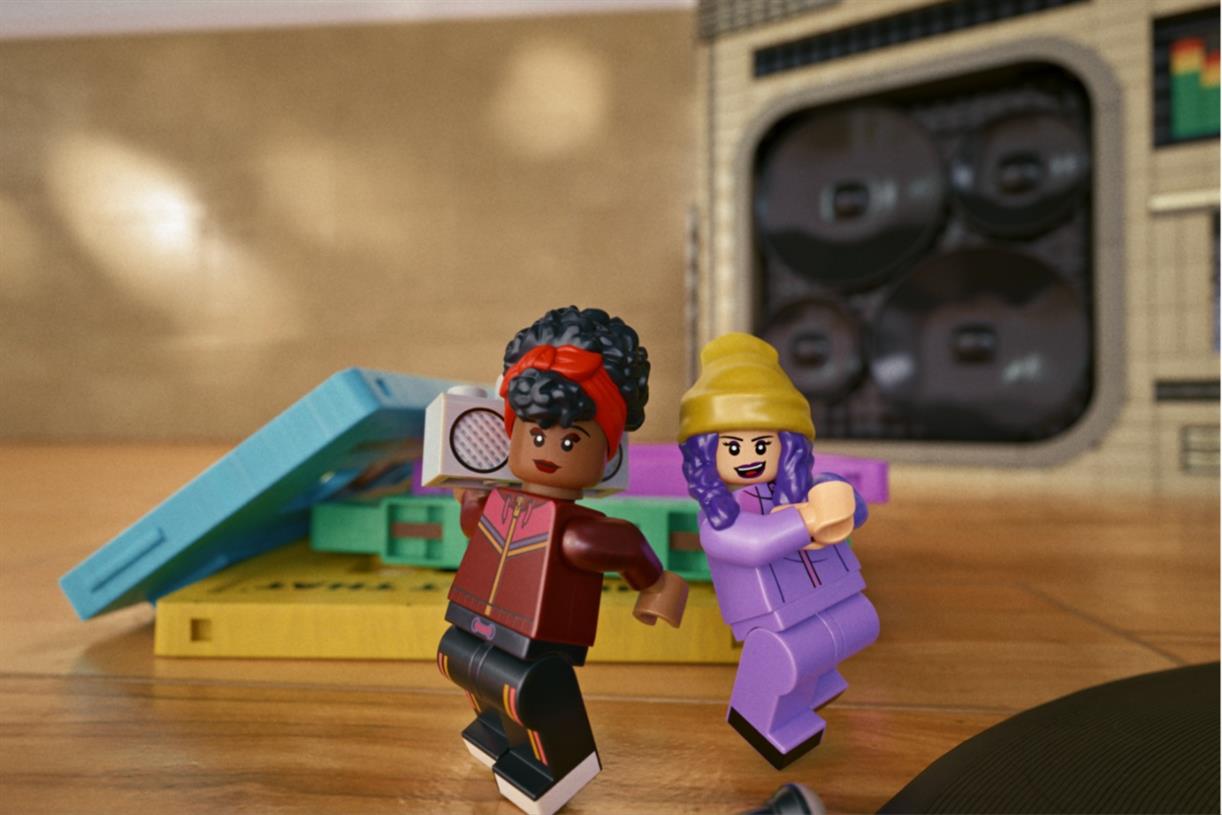Physical Exercise : Social Exercise
Three years ago, Lynea was blogging about the importance of loose social ties. Within weeks, the stay-at-home orders began – and went on much longer than any of us could have imagined. Then, as now, we had to smile...
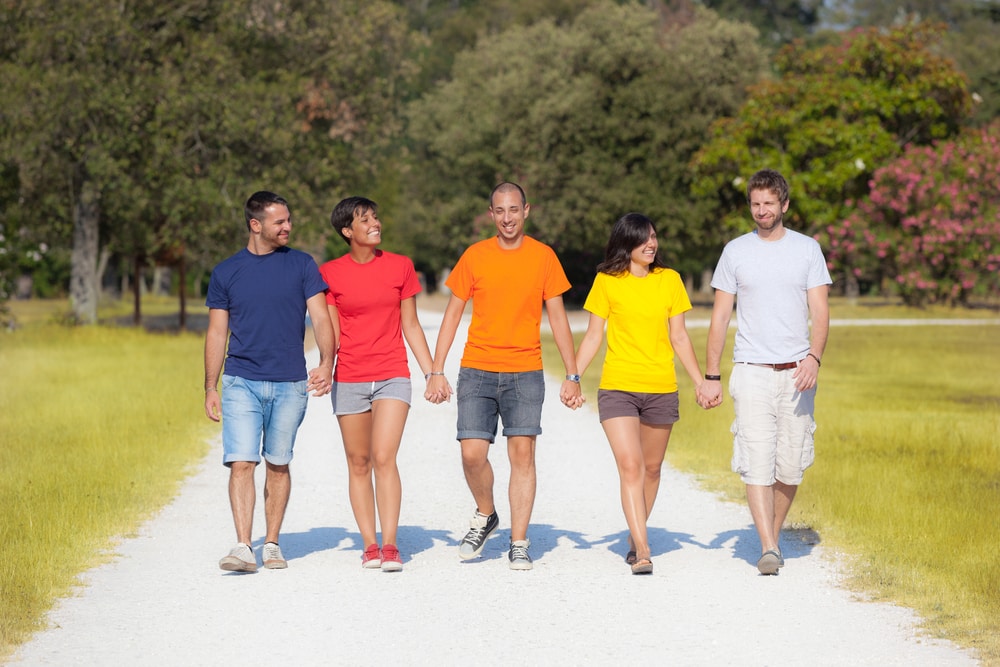
Three years ago, Lynea was blogging about the importance of loose social ties. Within weeks, the stay-at-home orders began – and went on much longer than any of us could have imagined.
Then, as now, we had to smile at the irony of this, even as it put into focus just how much our real world social connections matter. That loss was one that a lot of us grieved “alone together.” Our more virtual, no-contact lives made us at once hyper-connected yet further apart than ever.
And that made it sometimes kind of awkward once restrictions began to be lifted. As we began the transition back to something more like “normal life,” more than a few of us found our real world social skills a little rusty.
An “Anxiety-Drenched” Social Species
Truth be told, social connections were already difficult for a lot of people even before the pandemic. It was one of the motives for Lynea’s post, which highlighted the fact that authentically connecting with others is something that takes practice.
It’s a fact that’s often overlooked. Perhaps it’s because, as David Brooks wrote about compellingly last year in the New York Times, there’s such a strong human tendency to underestimate the value of interacting with others.
We’re an extremely social species, but many of us suffer from what [social cognition expert Nicholas] Epley calls undersociality. We see the world in anxiety-drenched ways that cause us to avoid social situations that would be fun, educational and rewarding.
And, Epley has shown, we’re often surprised to find just how pleasurable and meaningful our interactions can be.
Many of these misperceptions are based on a deeper misperception. It’s about how people are seeing you. Entering into a conversation, especially with strangers, is hard. People go in with doubts about their own competence: Will they be able to start a conversation well, or communicate their thoughts effectively?
But research suggests that when people are looking at you during a conversation, they are not primarily thinking about your competence. They are thinking about your warmth. Do you seem friendly, kind and trustworthy? They just want to know you care.
“An Affirmation of Each Other”
Of course, just as with the current youth mental health crisis, the pandemic only amplified the trend toward greater social isolation. In fact, time spent with friends plummeted more in the years before the pandemic than during, while our adaptations to pandemic life simply added to it, especially by weakening our loose social ties at home, work, and play.
It’s hard to understate just how important those ties are. An essay in The Atlantic from early 2021 states the matter well:
Peripheral connections tether us to the world at large; without them, people sink into the compounding sameness of closed networks. Regular interaction with people outside our inner circle “just makes us feel more like part of a community, or part of something bigger,” Gillian Sandstrom, a social psychologist at the University of Essex, told me. People on the peripheries of our lives introduce us to new ideas, new information, new opportunities, and other new people. If variety is the spice of life, these relationships are the conduit for it.
Meanwhile, communications professor William Rawlins offered a philosophical take on how these relationships feed us:
Both kinds of interactions meet our fundamental desire to be known and perceived, to have our own humanity reflected back at us. “A culture is only human to the extent that its members confirm each other,” he said, paraphrasing the philosopher Martin Buber. “The people that we see in any number of everyday activities that we say, Hey, how you doing? That’s an affirmation of each other…”
Getting Your Physical Exercise AND Your “Social Exercise”
I believe that just as we need physical exercise to stay healthy, we need “social exercise,” too – in the real world, not online, where it’s so very easy to get caught up in each new outrage or the rightness of our own thoughts and forget that, the random bot aside, we’re dealing with real human beings behind the screens.
In a way, it’s the equivalent of the SEL work we do with kids through Yoga Calm. Just as their skills need to be nurtured, our own do, too – nurtured and sustained.
When I’m out and about, I really work on connecting with people – especially people outside of my regular communities of neighborhood and work. It feeds me by exposing me to unfamiliar ideas and ways of life. It feeds others by recognizing their humanity. It brings us together by recognizing our common humanity.
“Talking with strangers,” Lynea wrote back in that early 2020 blog post, “is an excellent way to push past [the fear that we’ll be mistreated].
[It] starts by taking the time to notice and care for others. From this, we can build a community where we can experience trust and love. This can sometimes mean awkward conversations, but I encourage you to embrace the awkwardness. Invite it in! Feel it and work with it to get past it. Chances are that the other person is feeling that awkwardness, too. Yet simply going forward quickly dissolves it as you find points of commonality between you, things that bind you together as human beings.

 BigThink
BigThink 
